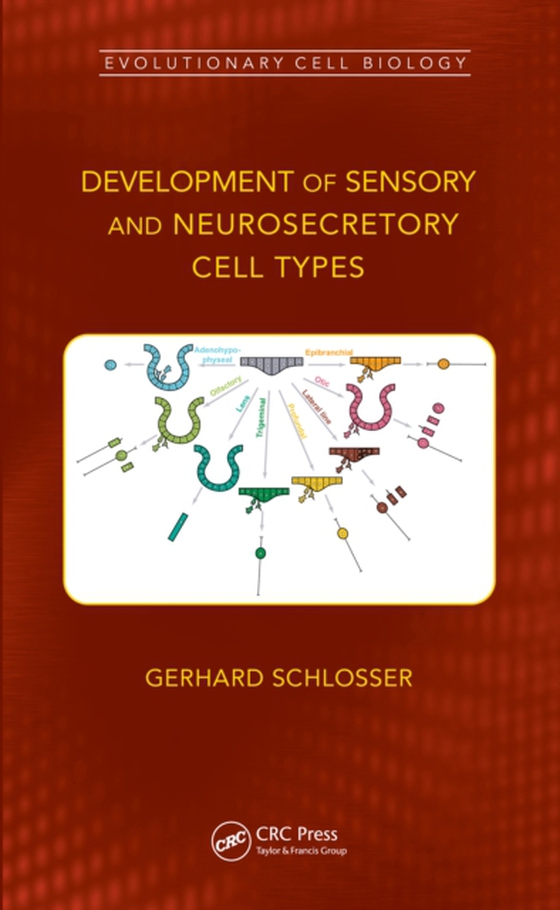
Development of Sensory and Neurosecretory Cell Types e-bog
403,64 DKK
(inkl. moms 504,55 DKK)
Most of the cranial sense organs of vertebrates arise from embryonic structures known as cranial placodes. Such placodes also give rise to sensory neurons that transmit information to the brain as well as to many neurosecretory cells. This book focuses on the development of sensory and neurosecretory cell types from cranial placodes by introducing the vertebrate head with its sense organs and n...
E-bog
403,64 DKK
Forlag
CRC Press
Udgivet
17 juni 2021
Længde
282 sider
Genrer
Genetics (non-medical)
Sprog
English
Format
pdf
Beskyttelse
LCP
ISBN
9781351667845
Most of the cranial sense organs of vertebrates arise from embryonic structures known as cranial placodes. Such placodes also give rise to sensory neurons that transmit information to the brain as well as to many neurosecretory cells. This book focuses on the development of sensory and neurosecretory cell types from cranial placodes by introducing the vertebrate head with its sense organs and neurosecretory organs and providing an overview of the various cranial placodes and their derivatives, including evidence of common embryonic primordia. Schlosser discusses how these primordia are established in the early embryo and how individual placodes develop. The latter chapters explain how various placodally derived sensory and neurosecretory cell types differentiate into discrete structures.
 Dansk
Dansk

